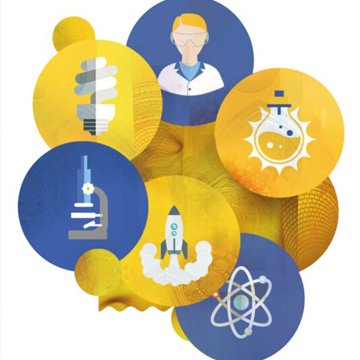EUTA is a vibrant network of experts in the field of EU fund dedicated to provide effective support to organizations and project leaders in the Western Balkan countries to advance their performance, quality of results and impact. Our main objective is to increase the number of funded projects in Serbia and the Balkan region and ensure that project initiatives of our clients achieve outstanding impact and sustainability.
MAIN ACTIVITIES
EUTA guides clients through the process of project development, proposal writing and project implementation and helps you transform your ideas into a good quality project proposal by improving your skills in project proposal writing and by providing direct assistance in key phases of project development and implementation.
OUR TEAM
Our success is a result of the teamwork and collaboration underpins our best outcomes. We are network of an experts for EU funds, we know how to write successfull EU project propoosals and we have experience in project implementation and management. We are particularly focused on the projects related to agriculture, education, health and technical science. And we want to share our experience and knowledge with you and increase the number of skilled individuals in EU project development and writing and preparing of public procurements and tender dossiers in Serbia, Balkan region and Europe.






